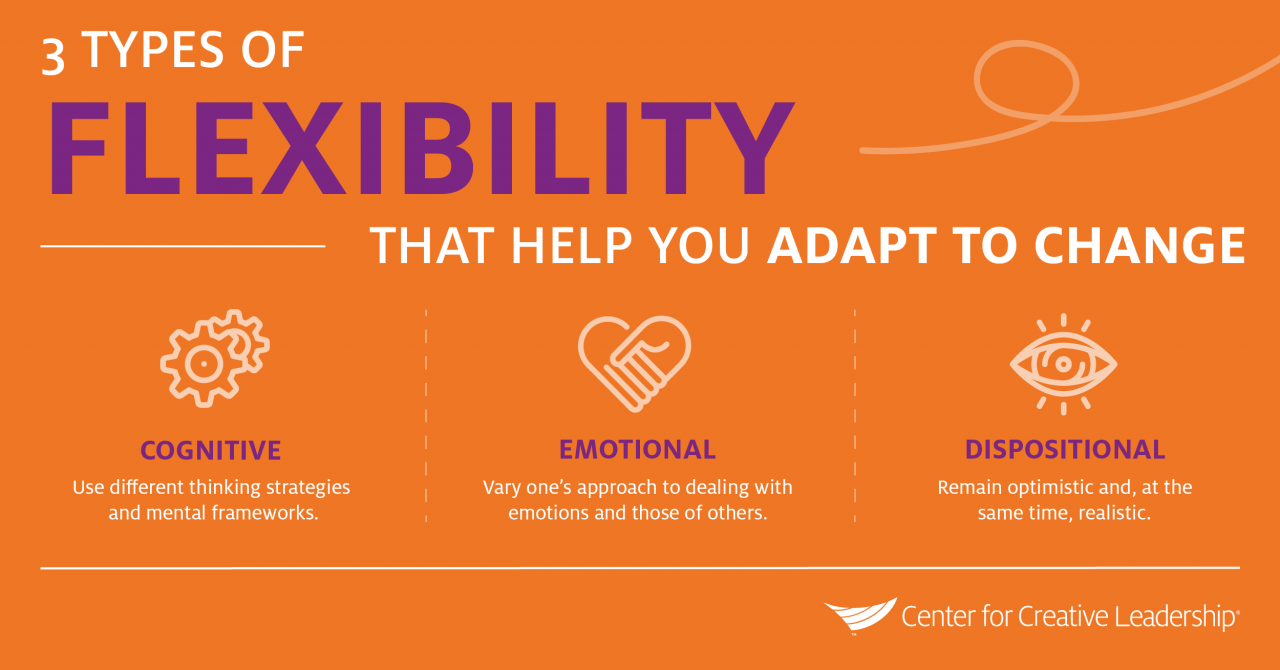Anxiety, fear and grief: what experts are learning about the mental health effects of wildfire haze.
Headlines declared it “terrifying.” Edmonton was dubbed an “apocalyptic ghost town.” The Star declared, “It’s not the end of the world. It just looks that way.”
As it turns out, there’s little disagreement when it comes to wildfire smoke: it’s alarming.
Residents of the western provinces have been choking on smoke in recent weeks, as smoke from the more than 550 wildfires burning in B.C. drifts around the country. Special air quality alerts have been issued in Vancouver, Victoria, Prince George, Salmon Arm, Edmonton, Calgary, Regina, the Battlefords and even Manitoba — and the list goes on.
Air quality alerts are issued to warn residents about the dangers of fine particulate matter present in wildfire smoke, which can cause numerous health effects including everything from sinus irritation to heart attacks.
But it’s not just breathing difficulties and watery eyes that impact people living in smoke-affected areas.
For many, it’s the unsettling feeling of living under a thick cloak of smoke, one that obscures the sun, wipes out the blue sky and hides the landscape in a disconcerting brown-grey veil.
Little research has been done to quantify the psychological effects of widespread and persistent wildfire smoke, though researchers have found ties to feelings of hopelessness, irritability, depression, fear, isolation, change of sleep patterns and lethargy. The research is scarce, in part because prolonged and widespread smoke is “a relatively new phenomenon in North America,” according to Dr. Sarah Henderson, senior environmental health scientist at the B.C. Centre for Disease Control.
Increasingly though, experts are concerned about the mental health effects of our new reality: weeks of seemingly unending smoke wafting across the western provinces each summer.
“It’s very oppressive to live under smoky conditions,” Henderson said. “A couple of days of it is more tolerable than a couple of weeks of it.”
‘The Lost Summer’
One of the few studies examining the mental health effects of prolonged periods of wildfire smoke was published last year in the Canadian Journal of Public Health. It looked at the impact of wildfire smoke in the Yellowknife area during the 2014 fire season, which saw significant smoke. The study found “a direct connection between the wildfires and smoke and a decrease in [people’s] mental and emotional health.”
When widespread smoke moves into a community, residents are often advised to stay indoors and close their windows, or to spend more time indoors with air conditioning. The study found that this leads to significantly less time spent outside, or socializing.
When smoke persists, closing your windows is no longer enough for many people. If a person doesn’t have an air filtration system, indoor air quality can eventually mirror the dangerous air quality outside.
“There’s a sense of not being able to get away,” said Dr. Warren Dodd, assistant professor at the School of Public Health and Health Systems at the University of Waterloo, and the lead researcher on the study. “Where do you go? There’s smoke everywhere.”
“One of the strongest emotions that people felt was isolation,” Dodd said. “This extended period of smoke meant that they weren’t able to leave their houses for the summer. People felt like they were isolated from the neighbours and from their community.”
First Nations participants reported an inability to take part in traditional activities, from hunting and fishing to berry harvesting. Other residents noted they were unable to work in their gardens, ride their bikes or take their kids outside to play.
Dr. Courtney Howard, board president of the Canadian Association of Physicians for the Environment, was also a researcher on the Yellowknife study. She recalls the dangers of isolation and inactivity due to wildfire smoke.
“Physicians are increasingly giving prescriptions of exercise to people — whether it’s heart disease or anxiety or depression.” Howard said. “So not only do people have the smoke impacting their health, they’re losing the activity that was the treatment of their disease.”
“People don’t realize the health benefits they’re getting even from just walking to work, until they can’t do that anymore.”
This feeling of isolation and inactivity has resonated for many people this summer, too. Smoke has already forced people to re-evaluate their summer plans, from community events to outdoor activities.
In Edmonton, events at the annual marathon were postponed due to poor air quality. Flights were halted from parts of B.C.’s interior. Kamloops cancelled an annual celebration that typically draws 10,000 people, triathlons were cancelled in Penticton and Kelowna, and in Calgary, the annual Ride to Conquer Cancer was cancelled halfway through, with 1,900 cyclists picked up just a few hours into the event.
As one participant from Yellowknife told researchers for the summer of smoke study: “It was the lost summer… it takes a deep, emotional toll, if not a spiritual toll.”
‘Homesick when you’re still at home’
There’s something larger at play for many people when they wake up to dim, smoky skies.
Dodd points to the concept of solastalgia to explain the gloom people feel when the smoke rolls in — and sticks around for weeks or months.
“It’s basically the feeling of being homesick when you’re still at home,” he explained of the feeling people get when their community is shrouded in smoke. “It’s really this concept of stress and anxiety about environmental change that’s happening in a place that is very familiar or at home.”
For many people, Dodd said, wildfire smoke is particularly frightening because it feels emblematic of larger environmental issues. “It’s connected to things that might happen in the future.”
Howard echoes the theory. “Increasingly, people are having anxiety about what’s to come, sadness about what’s to come, and even depression around the climate-related state of the world,” she said. These feelings have come to be known as “ecological grief.”
Dr. Ashlee Cunsolo, director of the Labrador Institute of Memorial University, wrote about ecological grief in article published in the journal Nature earlier this year. She and her coauthor defined the concept of ecological grief as “the grief felt in relation to experienced or anticipated ecological losses, including the loss of species, ecosystems, and meaningful landscapes due to acute or chronic environmental change.”
“Once we published [the article] we were inundated with people from all over the world saying ‘this is exactly how I feel but I never had a word for it,’ ” she told The Narwhal.
For many people, Cunsolo said, there is a close connection between people, place and identity. When the landscape changes — even if the change is temporary, like with wildfire smoke — people may begin to feel a sense of alienation.
“Land connection is so much a part of who people are, that when it’s disrupted through things like climate-induced wildfires, or loss of sea ice or severe storms that are increasing then people’s sense of identity shifts with that sense of place,” she said.
“People love the landscape and it’s a place of solace, so when that landscape changes, their sense of identity and connection also shifts.”
For many people, widespread wildfire smoke is off-putting to say the least. For others, there’s a sense of foreboding.
“People called it a smoke apocalypse and it felt like that,” said Howard of the particularly smoky summer in Yellowknife, where she works as an emergency physician. “It becomes a real marker of ‘whoa, nature is powerful and it can change and we are small and this is big.’”
“It reorders our sense of place in the world.”
Grief as a ‘motivating force’
Howard says part of the problem for many people is “the feeling that this might be the new norm.”
When the streetlights come on in the middle of the day, ash rains down from the sky and the smoke blocks out the midnight sun, people begin to wonder if this might become more common. Cunsolo calls this “anticipatory grief.”
“People are starting to think this is a permanent shift,” said Cunsolo. “With that permanent shift comes the potential for a permanent loss of things that are important to them.”
As wildfire smoke continues to blanket much of the West, Cunsolo is adamant that the feeling of ecological grief can also be a force for good.
“People use grief to come together, to support each other and to protest,” she said. “It becomes this really resistant form of mourning where you take it public and it mobilizes you.
“Grief can actually be a very motivating force.”
This article originally appeared on thenarwhal.ca and was written by Sharon J Riley











![Self-regulation “control [of oneself] by oneself"](https://images.squarespace-cdn.com/content/v1/55563e14e4b01769086817cb/1542845645966-PO2HGKF5JLUBM45UIWQ3/wee-lee-790761-unsplash.jpg)

























